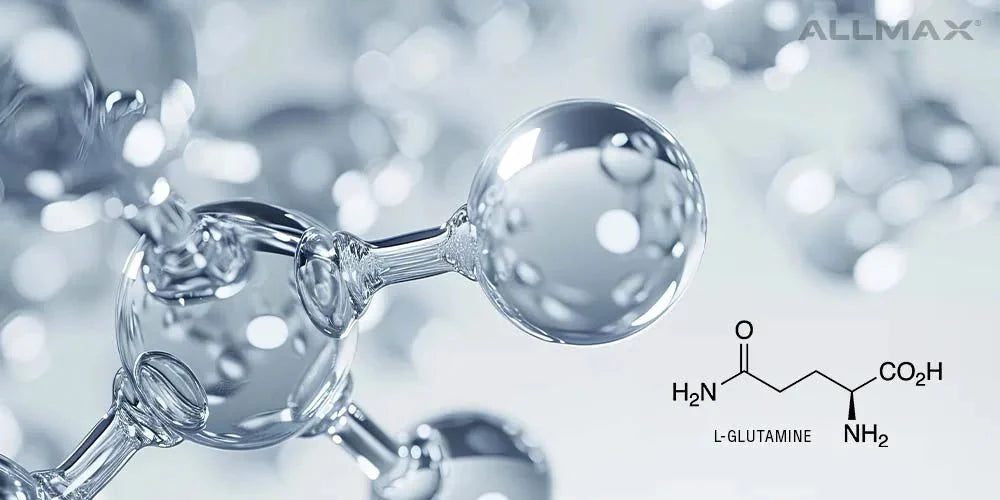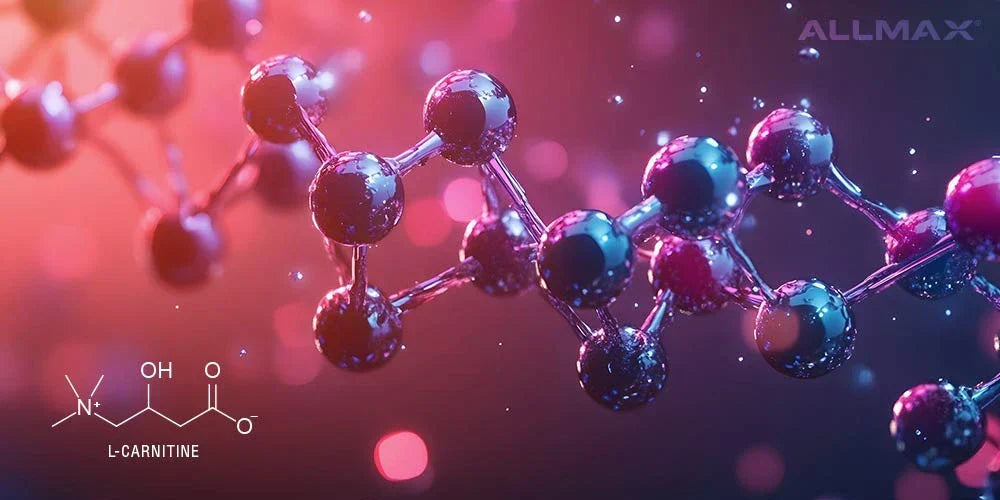Glucoamylase is an essential enzyme that plays a significant role in the breakdown of starches into simpler sugars. Understanding how it functions can help you optimize your digestion and overall health. In this article, we will explore what glucoamylase is, its benefits, and possible side effects, along with how it can support your wellness journey.
What is Glucoamylase?
Glucoamylase is a type of enzyme primarily responsible for breaking down starches, a complex carbohydrate, into glucose molecules, which are simple sugars that the body can easily absorb and use for energy. This enzymatic action is a crucial part of digestion, as it helps the body convert stored starches from food into glucose, a primary energy source for cells.
The enzyme is produced naturally in the body, It plays a crucial role in the digestive process, where it aids in the breakdown of starches into glucose, making the sugar readily available for absorption into the bloodstream.
In addition to being produced in the body, it can also be obtained from various food sources and dietary supplements. Some foods, particularly those that are rich in carbohydrates, naturally contain small amounts of glucoamylase, although its concentration may not be as high as in supplemental forms. For those looking to enhance their digestive health or who may have difficulty digesting complex carbohydrates, supplementing with it can help support the efficient breakdown of starches. This is particularly helpful for individuals with digestive disorders, where the body's natural production of enzymes might be insufficient.
Supplements like Cytogreens & Digestive Enzymes, which contain various enzymes and nutrients, can offer additional support to the digestive system, aiding in the proper digestion and absorption of carbohydrates, including starches. Combining such supplements with a healthy diet can help optimize digestion, energy levels, and overall health.
What does Glucoamylase do?
Glucoamylase works by hydrolyzing the alpha-1,4-glucosidic bonds in starches, turning them into smaller sugar units, like maltose and glucose. This action aids in the efficient digestion and absorption of carbohydrates. By improving the breakdown of starches, glucoamylase supports healthy blood sugar levels and boosts energy production.
Benefits of Glucoamylase
The key benefits of glucoamylase include:
- Improves Digestion: Glucoamylase enhances the digestive process by breaking down starches into easily absorbable sugars
- Supports Blood Sugar Regulation: By converting complex carbohydrates into glucose, glucoamylase helps maintain balanced blood sugar levels.
- Boosts Energy Levels: As an essential enzyme in carbohydrate metabolism, glucoamylase supports sustained energy release throughout the day.
- Promotes Gut Health: Proper digestion of carbohydrates aids in the overall health of the gut, reducing bloating and discomfort after meals.
- Supports Weight Management: Efficient carbohydrate digestion can contribute to better metabolism and potentially support weight management goals.
Side Effects of Glucoamylase
Although glucoamylase is generally safe, there can be some side effects, especially if taken in large amounts or if you have sensitivities to enzymes. Possible side effects include:
- Bloating and Gas: Overconsumption of glucoamylase may cause discomfort, including bloating and gas.
- Allergic Reactions: Some individuals may experience mild allergic reactions such as skin irritation or itching.
- Diarrhea: Excessive enzyme intake could lead to gastrointestinal disturbances, including diarrhea.
If you experience any of these symptoms, it's advisable to consult with a healthcare professional to determine the appropriate dosage.
References:




